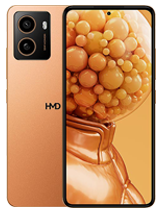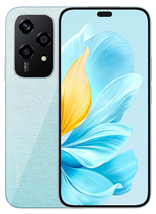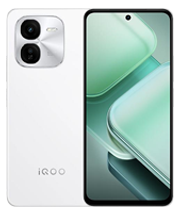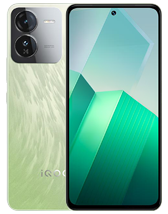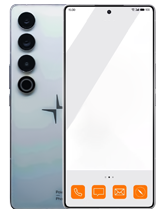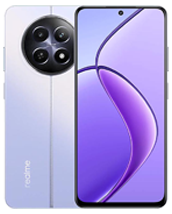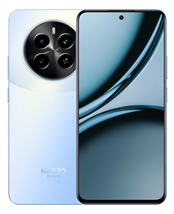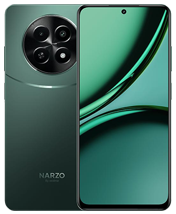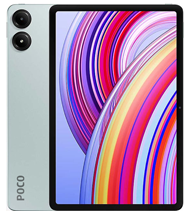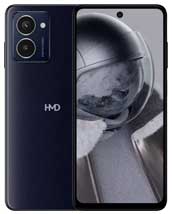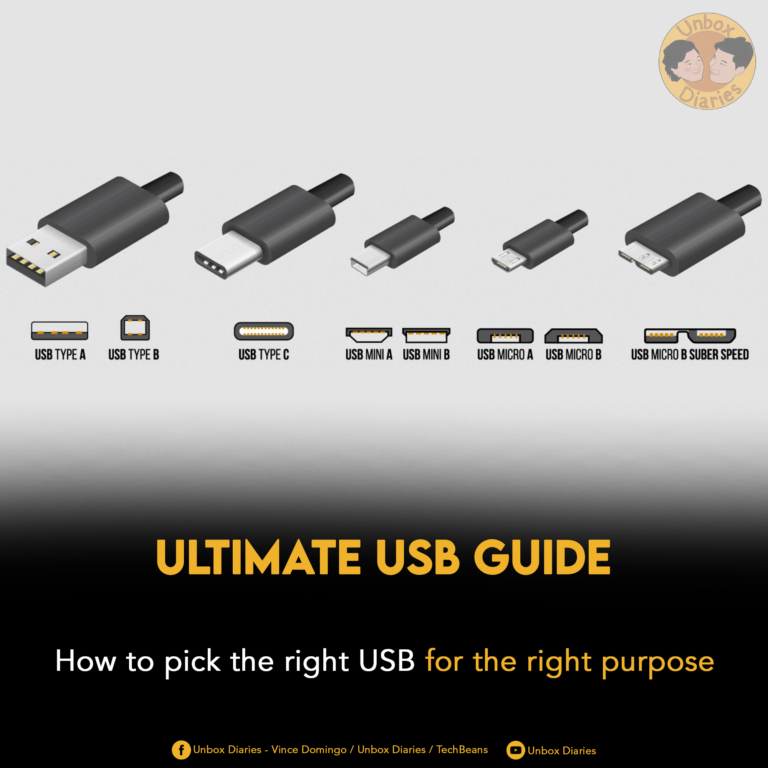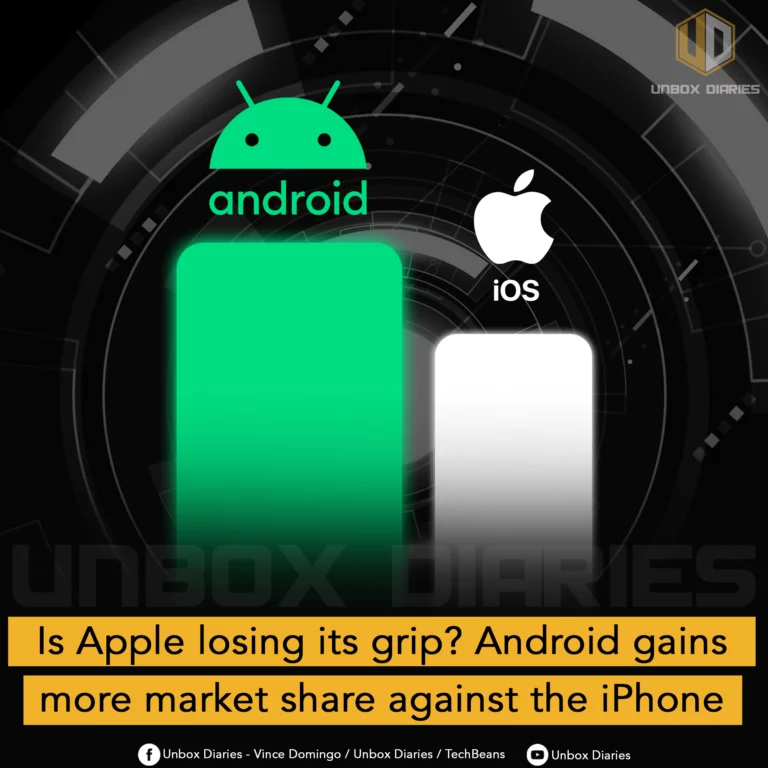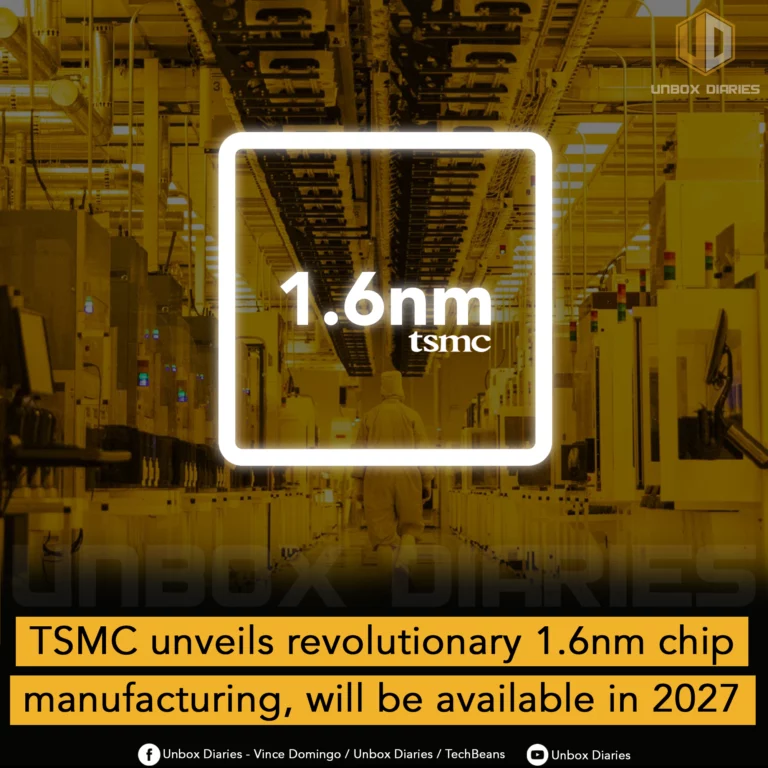There are times that you buy a charger and then for some reason you try to use it later but it refuses to work, even though its brand new and it is intact. Well, sometimes the USB might have the same shape and fits your USB port but that does not automatically mean that its compatible with the function that you want it to perform.

Here is some information that you can make use of in the future to help you pick the right USB connector for the right function.
What is a USB ?
USB (Universal Serial Bus) is a standard for connecting computer peripherals and other devices to a computer. It is a plug-and-play interface that allows devices to be connected and disconnected without the need to reboot the computer or turn off power to the devices. USB is an industry standard that was developed to replace the variety of connectors that were previously used for devices such as keyboards, mice, and printers.
Today, USB has become the preeminent wired interface for computers, tablets, and phones, with billions of USB devices in use. It is also a typical interface for connecting various gadgets, such as media players, gaming peripherals, smart home gadgets, and more. With new versions being produced every few years, the USB interface has been gaining speed and functionality as a result of its continuous success.
Types of USBs and their functions
1. USB – A

This is the most common type of USB connector. It is typically found on one end of a USB cable and is used to connect devices to computers or other devices that have a USB-A port, such as USB hubs or chargers. These cables can be used to charge devices like computers, gaming consoles, televisions, and other peripherals and transfer data, and they are always USB-A on one end and a different port type on the other.
2. USB – B
This type of USB connector is typically found on devices such as printers or external hard drives. It is less common than USB-A, and is typically used to connect devices to computers.This connector seems to be almost square in shape. The majority of them are USB-B to USB-A cables, while some more recent gadgets now use Mini-USB or Micro-USB connectors instead of USB-B.
3. USB-B Mini
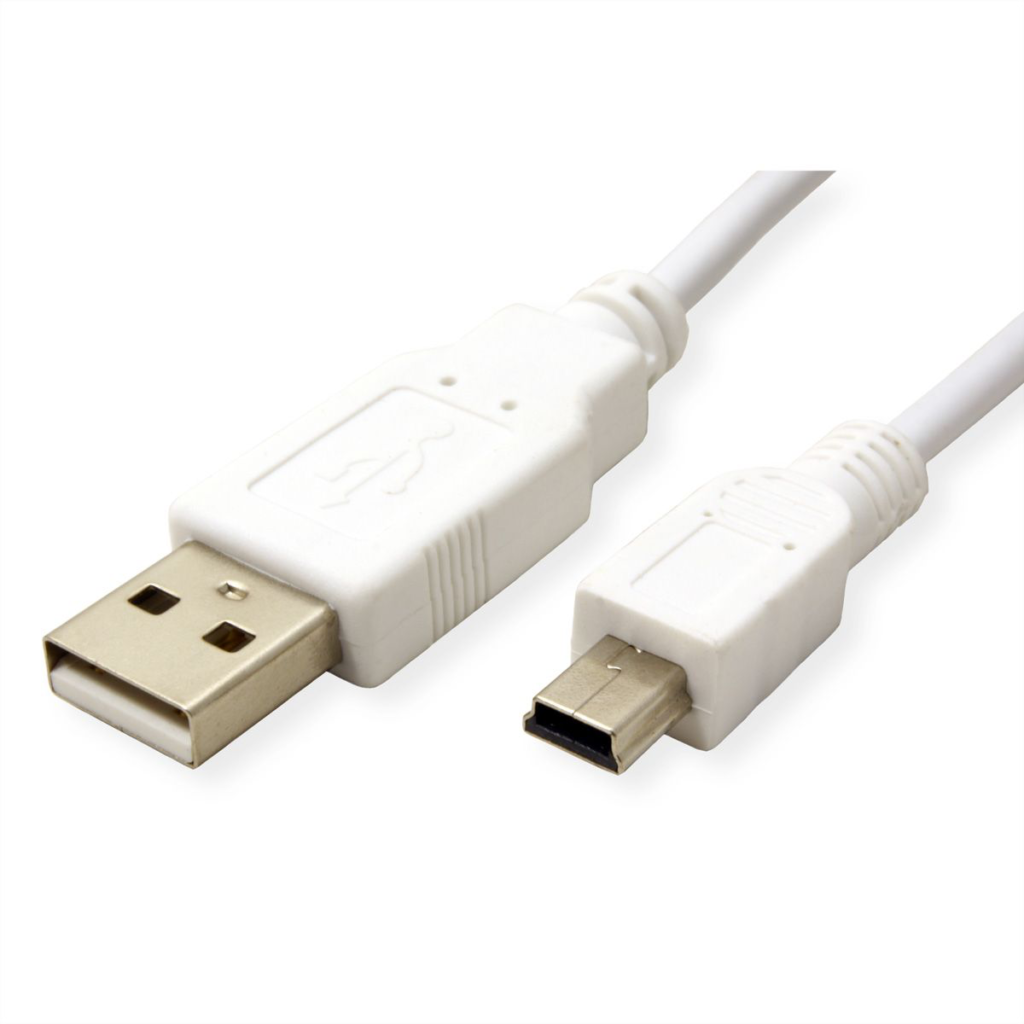
The USB-B Mini is smaller than USB-A and USB-B and it was utilized in several early gadgets including MP3 players and vintage cameras. It is no longer as common and is rarely found on new technology. The other name for it is Mini USB.
4. USB-B Micro

This is smaller than USB-A and USB-B and is typically found on devices such as smartphones and tablets. It is used for charging and data transfer. Back when portable devices like Android tablets and smartphones were the norm, the USB-B Micro (also known as Micro-USB) was the preferred charging and data transfer method. Micro-USB remains a popular connector for electronic devices even though many businesses are switching to USB type-C.
5. USB-C

This is the newest type of USB connector and is becoming increasingly popular. It is smaller than USB-A and USB-B and can be plugged in either orientation. It is capable of much faster data transfer rates and can also be used for charging devices, like laptops, tablets and smartphones.
Data transmission speeds and the capacity to supply additional power to devices are improving with USB-C. Additionally, it has a close relationship with a number of potent new technologies, including Thunderbolt and USB Power Delivery. Additionally, many modern laptops only include USB-C connectors for video, network, data transfer, and charging, abandoning USB-A and RJ45 Ethernet interfaces. Thus, in the upcoming years, it is highly certain that every electronic product will support USB-C.
Why is it important to learn about different types of USBs?
Learning about the different types of USBs can be important for a few different reasons:
- Compatibility: Knowing the different types of USBs can help ensure that you are using the appropriate type of connector for your device. For example, if you have a newer device with a USB-C port, you will need to use a USB-C cable to connect it to a computer or charger. Using the wrong type of USB connector can prevent the device from functioning properly or cause damage to the device or the port.
- Performance: Different types of USBs have different capabilities, such as different maximum data transfer rates. Understanding these differences can help you choose the right type of USB connection for your needs, ensuring that you have the best possible performance for your device.
- Charging Capabilities: Different types of USBs have different charging capabilities as well. For example, USB-C supports power delivery (PD) , which means it can be used for charging other device, like smartphones, tablets and laptops and fast charging capability, charging devices faster. Knowing the charging capabilities of the different types of USBs can help you choose the best type of USB connector for charging your devices.
- Convenience: USB connectors are used in a wide variety of devices and situations, such as charging smartphones, transferring data between computers and devices, connecting peripherals like printers and keyboards, and many more. Understanding the different types of USBs can help you use your devices more efficiently and conveniently, and make the best use of their capabilities.
- Troubleshooting: Knowledge of different types of USBs can also help you troubleshoot connectivity or performance issues that you may encounter with your devices. Knowing what type of USB connector your device uses, and what capabilities it has, can help you identify and solve problems more quickly and effectively.
In short, knowing about the different types of USBs can help you make informed decisions about which devices to buy, which cables and connectors to use, and how to use and troubleshoot your devices more effectively.

